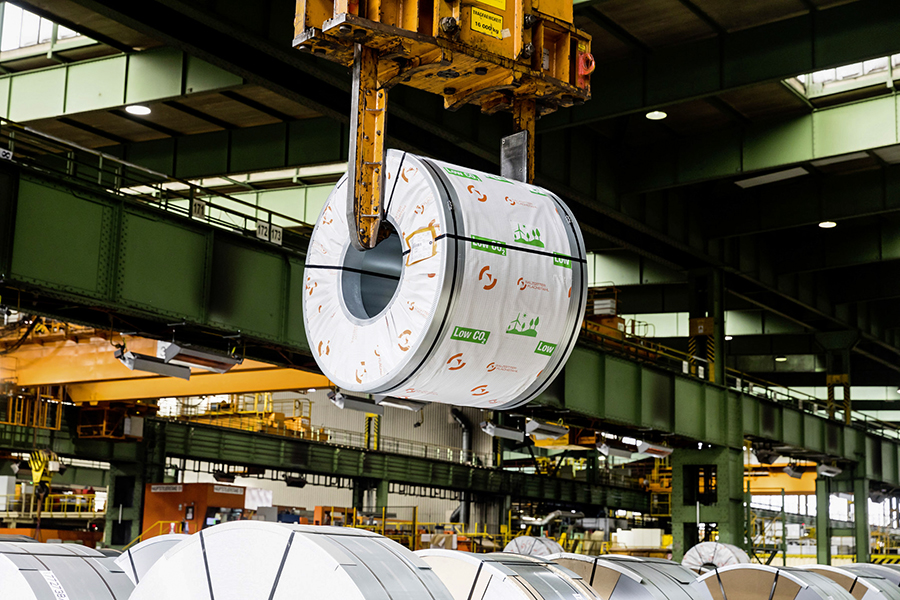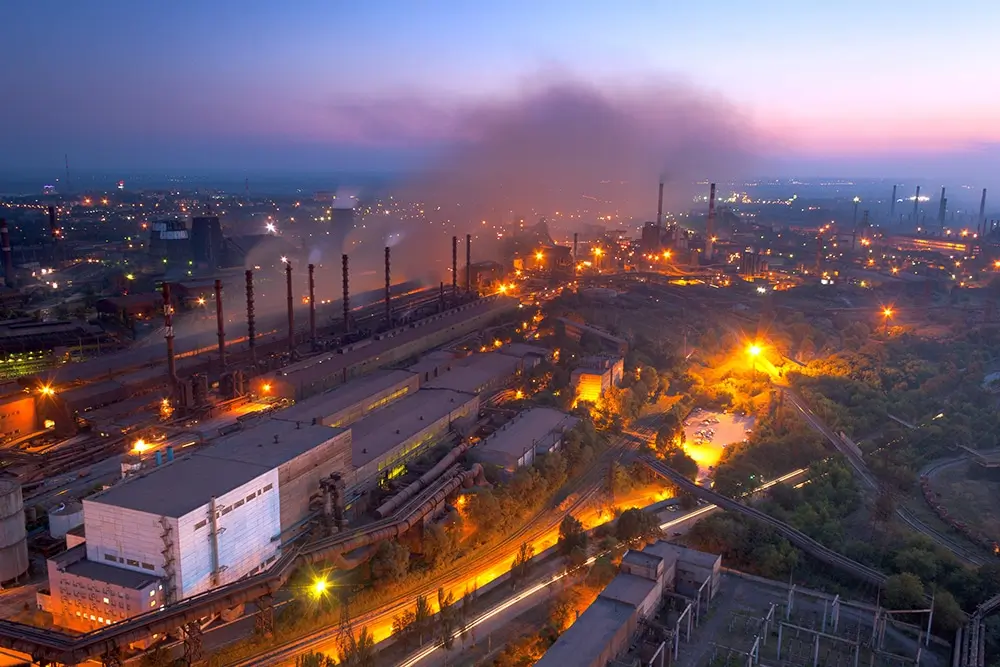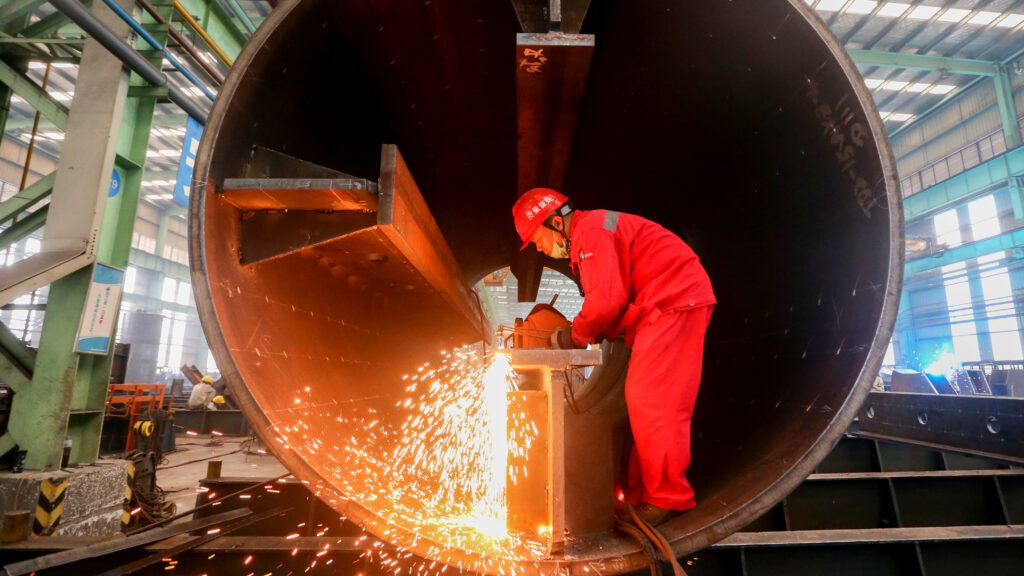China’s growing scrap generation will facilitate steelmaking decarbonisation in that country, but the main challenge will be to replace its integrated long steelmaking capacity with electric arc furnaces. The issue of making high-quality steel in EAFs is not down to scrap, meanwhile, but to technology investment, according to Laplace Conseil founder and president Marcel Genet.
“Scrap is the future of steel,” Genet proclaimed at Kallanish Steel Scrap 2024 in Istanbul last week. This is not least because it has the lowest operating cost process over the complete steel cycle, lowest capital cost, and is the lowest CO2 emissions process ready for net zero.
Scrap collectors, traders and steelmakers are however facing growing problems. Scrap is looked down on because of the perception it cannot be used to make the same quality of steel as in a blast furnace, because the recycling process is polluting, and because of low awareness in society. Moreover, integrated steelmakers are using scrap to try avoid decarbonising their production process, Genet pointed out.
Industry fragmentation and conflicting short-term interests, like monthly price negotiations, limit the collective effectiveness of the supply chain. A joint strategy and common agenda could improve the industry’s position, Genet said, while direct reduced iron is “scrap’s best friend” to dilute impurities and grow an accessible market.
China’s steelmaking industry developed so fast that the country had little time to accumulate much end-of-life scrap. But by 2050, Chinese crude steel output is expected to drop below 800 million tonnes/year, while scrap availability is seen surpassing 600mt, narrowing the current deficit considerably.
Genet highlighted US steelmaker Nucor as a company “consistently promoting scalable low-capex technologies in mini plants to beat behemoth plants”. Besides efficiently utilising the capabilities of scrap recycler subsidiary David J Joseph Company to supply very high-quality scrap, Nucor is investing in small modular reactors. “Nucor is providing the best example of how to manage the energy transition,” the consultant observed.
As for scrap quality, meanwhile, “the problem of making automotive sheet in an EAF is not scrap or residues. It’s investment in making high-quality steel. You need to have a tip-top, consistent hot strip mill. You need a thin slab caster. The barrier to entry is not scrap, it’s money to invest in production technology!” Genet concluded.








